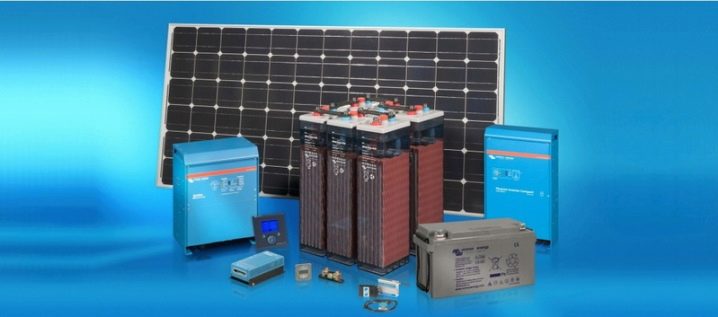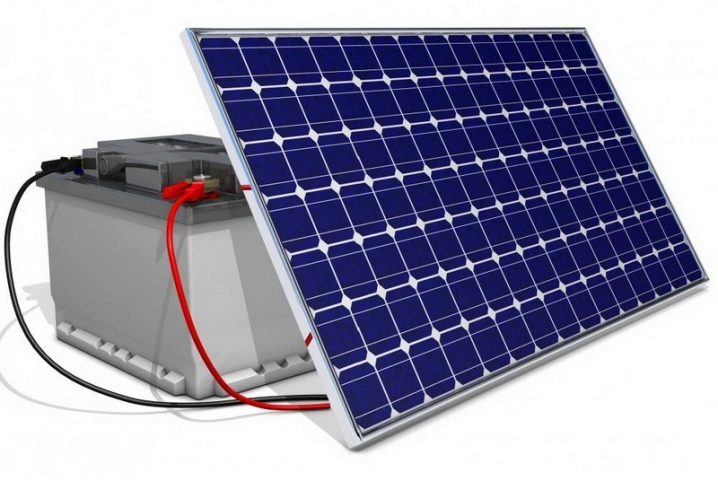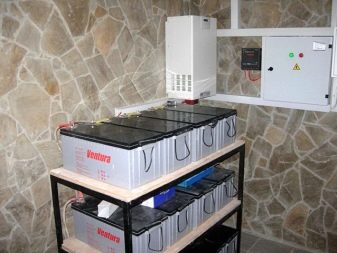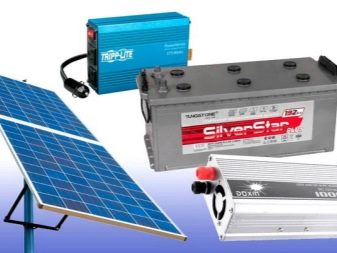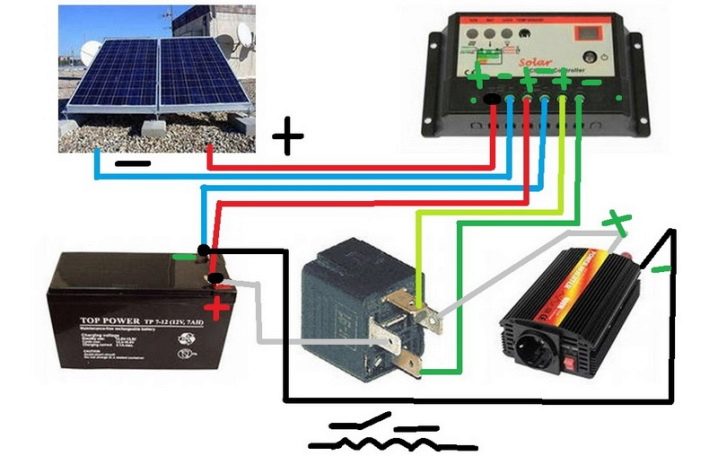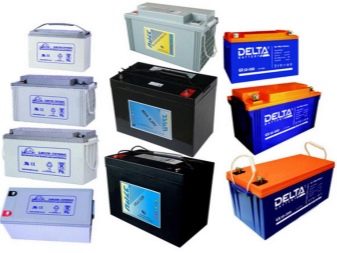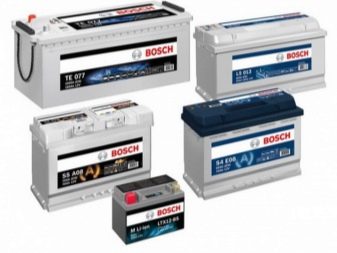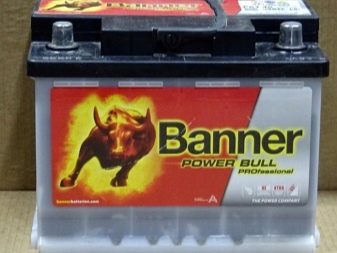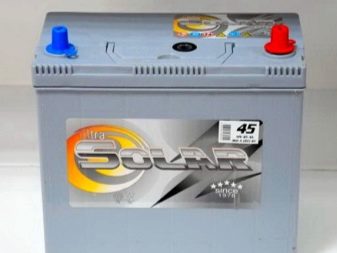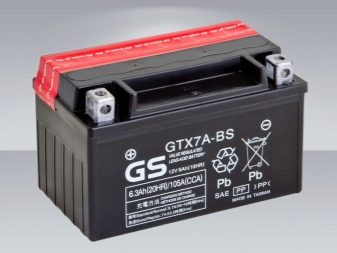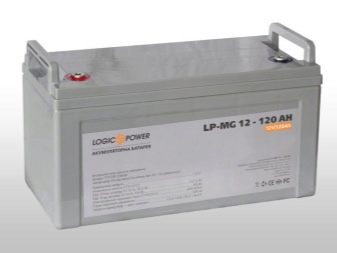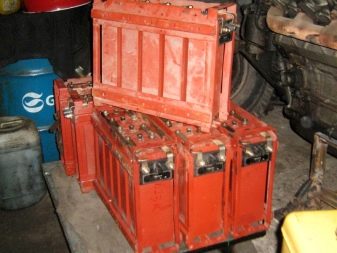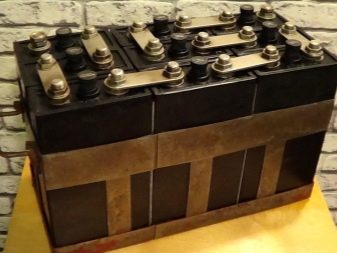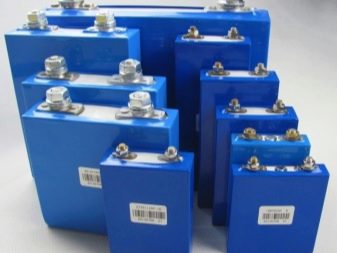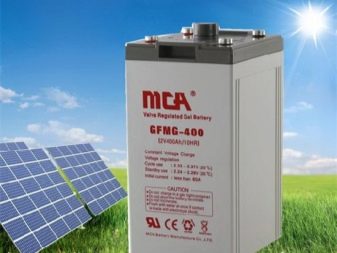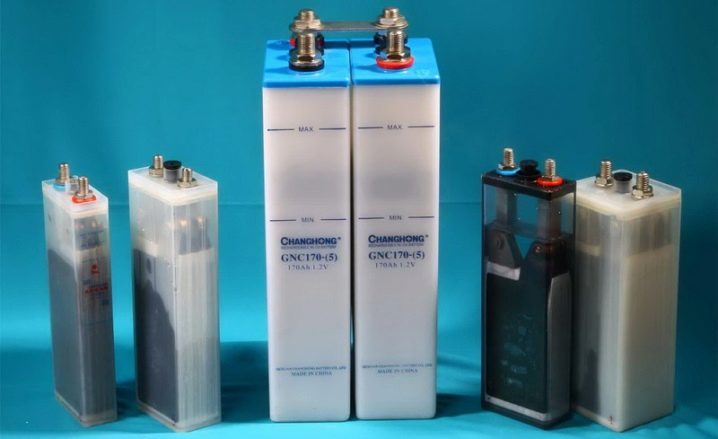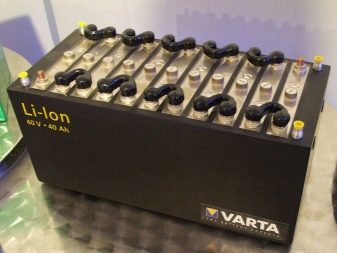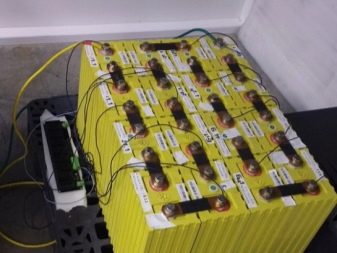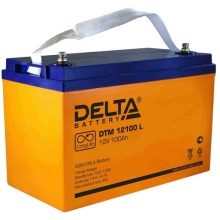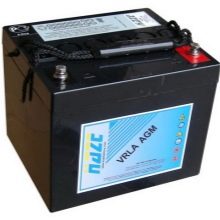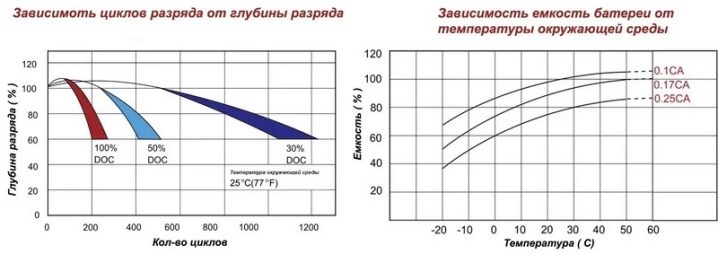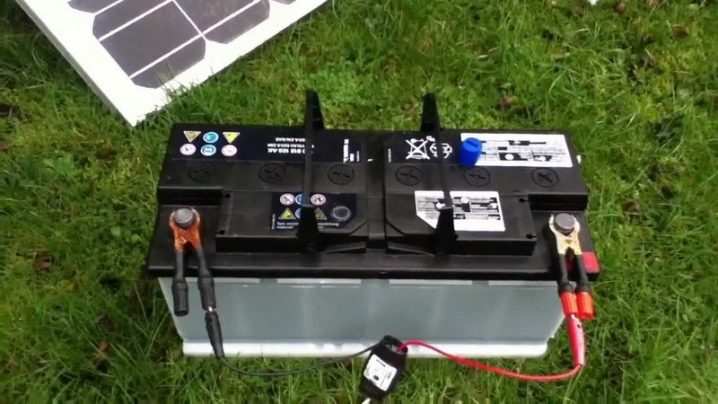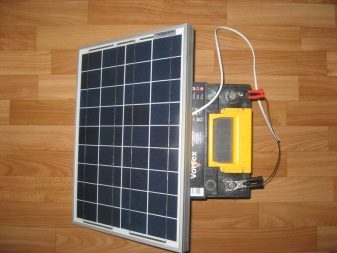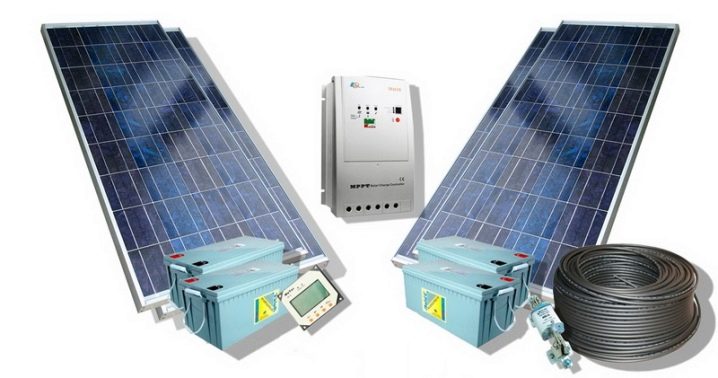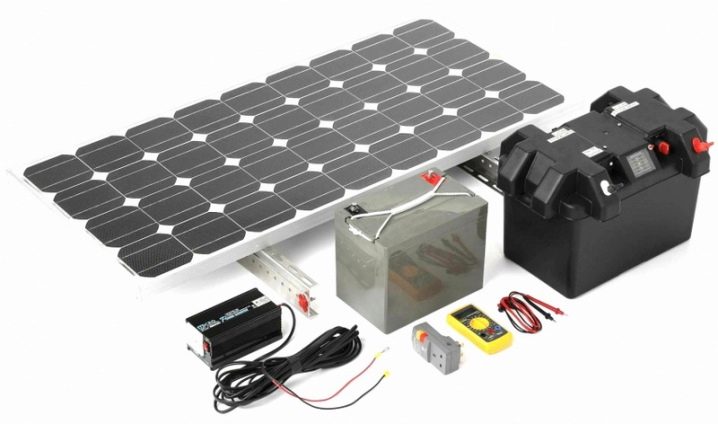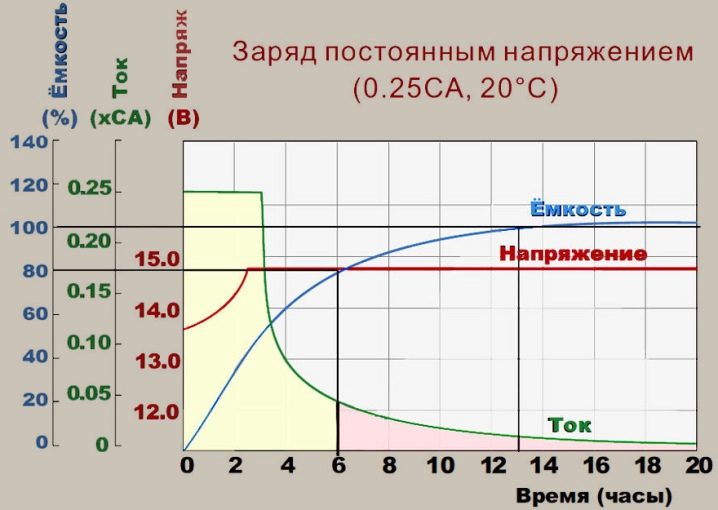How to choose and use a battery for solar cells?
The ultramodern flow in the energy sector can be safely called the energy of the Sun. More and more people are inclined to the need to equip a house with solar panels. However, solar receivers alone will not be enough - you need a battery. How to choose and use a battery for solar panels is an important issue in modern economics.
Special features
On the modern market of batteries for solar systems there are a huge number of types and models. Among them, even the most demanding consumer will be able to find the right option.
All versions are united by the unity of tasks that act as features:
- the accumulation of solar energy during the day;
- use of stored energy in the dark;
- Maintain power at peak times
- compensation for lack of electricity in cloudy weather.
In total, solar batteries are designed to perform two basic functions. First of all, they collect the converted energy of the Sun. They can also give away the collected energy. Solar drives allow you to collect the absolute maximum of electricity and distribute it correctly. They allow to make uninterrupted power supply of the Sun.
Today, it is not difficult to choose durable units, for example, at 12 volts, the main thing is to connect them correctly.
Kinds
In search of a device that is able to cope with the tasks perfectly, people have invented a lot of technical means. All this gave rise to a special classification of elements of solar systems.
Car starter
Quite often, you can find a primitive version of home heliosystem arrangement. In it, many craftsmen use simple car starters. This approach allows you to reduce costs, but this is a controversial issue: this type of drive from the car will have to be changed with greater frequency. Automotive starter created to give a large current in a short period of time.The solar system works differently: the drives are discharged with a small current for a long time. It is this discrepancy that disables starters for cars. When operating this type of sources, it is imperative to equip the room with good ventilation.
Gel
Unpretentious view of the modern "collector" of energy. Ideal for cases where there is no well-organized ventilation in the room. Suitable for situations in which it is not possible to regularly maintain a technical tool. The downside is the high price. And also they have a shorter service life. In addition, in the case of charging to the limit of the possible explosion. In severe frosts, it is recommended to warm the drive.
The positive side is the minimum energy loss. Batteries can also be used repeatedly over a long period of time. The good thing is that the device can be used for mechanical damage to the case. This type of energy storage device can operate in a wide temperature range without loss of quality.Storage in discharged form does not lead to loss of capacity, and can be installed in different positions.
This type of battery contains less electrolyte. The substance has a jelly-like consistency. The scope is gas boilers, motorcycles, scooters and solar stations.
Alkaline
The view is perfect for the low-powered power systems of the sun. This is due to short-term operation - gradually the batteries lose capacity. As for the charge of large currents and full discharge, the alkaline batteries tolerate them well.
The first subspecies is a nickel-metal hydride battery. Differs in high service life. The volume of the electrolyte is low. It is important to remember when choosing a type of energy source that it requires constant attention. The charge level and electrolyte volume should be under constant control. In storage, the power source must be in a discharged state. A significant advantage may be the possibility of operating for a long time at low temperatures. This species can withstand high loads.
The second subspecies - nickel-cadmium batteries. The housing with electrodes and separator must be filled with electrolyte. In all other respects, the subspecies is practically no different from its counterpart. Alkaline type storages are safe: they do not explode and do not cause fires. To increase the service life should be avoided deep charge. On average, alkaline systems are able to survive on the order of a thousand discharge and charge cycles. They are not afraid of high loads, and the price pleases.
Lithium
They work most effectively in the case of charge by half, otherwise the service life of the device is reduced, and over time such a battery stops charging altogether. The service life of the form is about five hundred cycles. Built-in controller will allow to charge correctly. However, this does not eliminate the inevitable degradation of the battery. It is usually about ten percent during each next year of operation.
At present, the production of various types of solar electron storage devices is performed by well-known manufacturers of industrial equipment. Among them in the Russian-speaking market you can find German models from the company Bosh, Sonnenschein.Variants from the British company YUASA successfully compete with them. In the States, the company is engaged in batteries S & D Technologies. Chinese counterparts from Delta and Haza are popular, as are Taiwanese versions of APS.
Recommendations for selection
When choosing a battery drive, it is imperative to pay attention to the set of requirements and their technical characteristics. Among them, the first thing to know is the number of charging cycles. This figure directly reflects the service life. Charging time and other technical characteristics of the drive must be obtained from the seller also at the stage of selection. Otherwise, the use of the device will not bring joy. It is worth paying attention to the need for additional battery maintenance. Acquiring the “wrong” option will result in unforeseen expenses.
The battery must be resistant to environmental influences. He must be able to work in the conditions of his place of stay. The most important selection criterion is the general conformity of the already acquired and sought for elements of the future system. All individual parts should ideally fit the entire system.They must also meet the criterion of maximum efficiency.
If you take the issue of choice seriously, then you need to pay attention to the following indicators:
- discharge and charge rate;
- degree of self-discharge;
- capacity and performance level;
- size and weight;
- Operating conditions;
- lifetime.
Almost all of these characteristics can vary in energy carriers, regardless of capacity. This gives plenty of room to choose the perfect technical device for all indicators. When choosing, it should also be remembered that there are established energy losses, regardless of the quality and size of the batteries.
How to connect?
The most important rule for connecting solar accumulators can be designated observance of all existing safety rules. It is they that are taken as the basis for the preparation of actual wiring diagrams. More often than not, when arranging a power supply system based on solar panels, more than one energy storage element is used. This is necessary to increase the voltage and capacitance.
At connection of heliosystems three schemes are currently used.
- Consistently connected systems.The capacity in this case is equal to the capacity of one element of the system. Voltage is calculated as the sum of all values along the entire chain of elements.
- Parallel connection system. The voltage in such a circuit is equal to the value of one of the elements. The capacitance throughout the circuit is added together.
- Combined battery connection. This option allows you to use the two previous principles.
One of the principles of safe connection is the need to use batteries of the same type: they must have the same capacity and voltage, age. It is advisable to use batteries from one manufacturer. Install them on racks in case of large quantities. Sequential and combined circuits often lead to imbalance of the entire system. Using both options, it is imperative to use controllers. Once a year, in such schemes, it is necessary to check the capacity of each composite element with the help of charging and discharging. For the same purpose, it is advised to use special jumpers for alignment.
In general, you need to correctly calculate the power generated by electricity.After that, the required number of modules is determined. At the end of all this, you can talk about the preferred type of cumulative element. One of the strict rules can be considered a ban on the installation of long-term storage drives in heliosystems. However, the life span of the consumable can be increased.
For this you need to constantly monitor the following aspects:
- temperature (the optimal figure is ten degrees Celsius);
- ventilation system (must comply with the requirements for battery storage; explosive gases must be removed with its help);
- capacity (with incorrect calculations, the energy supply will stop);
- control of charging and discharging (non-compliance leads to failure, breakdowns);
- maintenance (allows you to detect damage in the early stages).
As for the entire power supply system at home, here you will need to connect the solar panels, battery, controller and inverter. The panels will carefully catch the energy of the Sun, the batteries will accumulate the converted current, the controllers will save the entire system from interruptions, the inverter will convert the energy into the "correct" current.
Operating rules
One purchase and installation for happiness will not be enough - it is imperative to familiarize yourself with the rules for using solar and battery collection systems. In order to save energy carrier, it is necessary to ensure the maximum possible power transmission from the solar receiver to the end user. Batteries should be used exclusively for the accumulation of electricity. In this case, the life will be artificially increased. The same purpose will serve as protection against shaking and other undesirable effects.
Keep battery temperature under control. In case of increase, there may be a need for adding water or additional maintenance. As a result of lowering the temperature, the electrolyte may thicken. Both options can lead to rapid depletion, interruptions in work. This means that the owner is waiting for additional costs for unplanned repairs. Deep discharge and charging of the device from the solar panel leads to a reduction in capacity. This causes premature battery failure.You can prevent unpleasant end with the help of modern system components.
In no case batteries should be kept near open flame, otherwise ignition of vapors is possible. The ingress of water and other precipitation should also not be allowed: dust and dirt can adversely affect the performance.
Over time, the installed system may need to be upgraded. In this case, you should once again study the technical characteristics of the existing equipment. It is important to understand that you can reuse. Defective and unsuitable items must be replaced either with exactly the same or with corresponding analogues. Do not neglect the possibility of retrofitting and improving the solar system in order to increase efficiency.
Storage elements for solar systems will please their owners only if they work flawlessly. For this it is necessary to examine the issue in detail. Appealing to this expensive business will be an appeal to qualified professionals. Proper installation, high-quality parts, a correct miscalculation will help avoid unpleasant situations and mistakes.
How to choose a battery for solar cells, see the following video.
